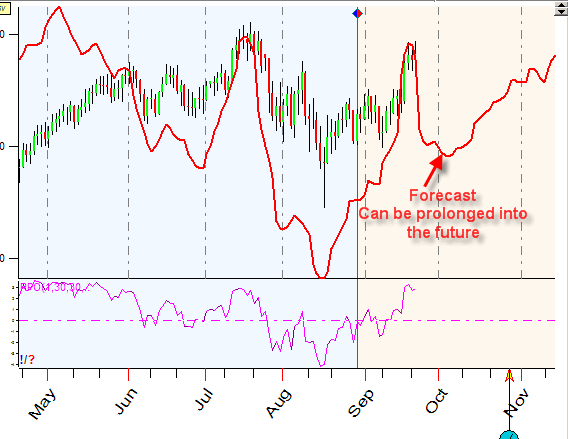


Granneman GR, Carpentier P, Morrison PJ, Pernet AG (1991) Pharmacokinetics of temafloxacin in humans after single oral doses. Montay G (1996) Pharmacokinetics of sparfloxacin in healthy volunteers and patients: a review. Ritz M, Lode H, Fassbender M, Borner K, Koeppe P, Nord CE (1994) Multiple-dose pharmacokinetics of sparfloxacin and its influence on fecal flora. O’Grady J, Briggs A, Atarashi S, Kobayashi H, Smith RL, Ward J, Ward C, Milatovic D (2001) Pharmacokinetics and absolute bioavailability of sitafloxacin, a new fluoroquinolone antibiotic, in healthy male and female Caucasian subjects. Nakashima M, Uematsu T, Kosuge K, Umemura K, Hakusui H, Tanaka M (1995) Pharmacokinetics and tolerance of DU-6859a, a new fluoroquinolone, after single and multiple oral doses in healthy volunteers. Pazufloxacin mesylate intravenous infusion (2010) PAZFLO leaflet. Yamaki KI, Hasegawa T, Matsuda I, Nadai M, Aoki H, Takagi K (1997) Pharmacokinetic characteristics of a new fluoroquinolone, pazufloxacin, in elderly patients. Martin SJ, Meyer JM, Chuck SK, Jung R, Messick CR, Pendland SL (1998) Levofloxacin and sparfloxacin: new quinolone antibiotics. Turnidge J (1999) Pharmacokinetics and pharmacodynamics of fluoroquinolones. Ann Pharmacother 38:1226–1235Įfthymiopoulos C (1997) Pharmacokinetics of grepafloxacin. Yoo BK, Triller DM, Yong CS, Lodise TP (2004) Gemifloxacin: a new fluoroquinolone approved for treatment of respiratory infections.

Zhanel GG, Noreddin AM (2001) Pharmacokinetics and pharmacodynamics of the new fluoroquinolones: focus on respiratory infections. Antimicrob Agents Chemother 39(12):2635–2640Īminimanizani A, Beringer P, Jelliffe R (2001) Comparative pharmacokinetics and pharmacodynamics of the newer fluoroquinolone antibacterials. Nakashima M, Uematsu T, Kosuge K, Kusajima H, Ooie T, Masuda Y, Ishida R, Uchida H (1995) Single- and multiple-dose pharmacokinetics of AM-1155, a new 6-fluoro-8-methoxy quinolone, in humans. Randinitis EJ, Brodfuehrer JI, Eiseman I, Vassos AB (2001) Pharmacokinetics of clinafloxacin after single and multiple doses. Wise R, Jones S, Das I, Andrews JM (1998) Pharmacokinetics and inflammatory fluid penetration of clinafloxacin. Emerg Infect Dis 9:1–9Ĭarlucci G (1998) Analysis of fluoroquinolones in biological fluids by high-performance liquid chromatography. Scheld WM (2003) Maintaining fluoroquinolone class efficacy: review of influencing factors. Am Fam Physician 65:455–464īolon MK (2009) The newer fluoroquinolones. Oliphant CM, Green GM (2002) Quinolones: a comprehensive review. Sousa J, Alves G, Fortuna A, Pena A, Lino C, Falcão A (2011) Development and validation of a fast isocratic liquid chromatography method for the simultaneous determination of norfloxacin, lomefloxacin and ciprofloxacin in human plasma. Sharma PC, Jain A, Jain S (2009) Fluoroquinolone antibacterials: a review on chemistry, microbiology and therapeutic prospects. J Antimicrob Chemother 51(Suppl 1):13–20Īndriole VT (2005) The quinolones: past, present, and future. Clin Infect Dis 33(Suppl 3):S180–S186Įmmerson AM, Jones AM (2003) The quinolones: decades of development and use. Peterson LR (2001) Quinolone molecular structure-activity relationships: what we have learned about improving antimicrobial activity. Their advantages, applicability and limitations are also examined. In the course of this review several liquid chromatographic methods are discussed: reversed-phase high-performance liquid chromatography (RP-HPLC), ion-exchange high-performance liquid chromatography (IEX-HPLC), hydrophilic interaction liquid chromatography (HILIC), high-performance thin-layer chromatography (HPTLC) and other chiral chromatographic methods. A systematic and detailed survey of physicochemical properties, sample preparation procedures, and chromatographic and detection conditions is presented herein. This work summarizes for the first time most of the liquid chromatographic methods reported in the literature for the separation and quantification of the new fluoroquinolones in biological matrices and pharmaceutical formulations. To our knowledge, no comprehensive and critical review of the analytical methods for the determination of these agents, which correspond to the third- and fourth-generation quinolones, has yet been published.
#Moraxella catarrhalis sketchy windows
New fluoroquinolone antibacterials with improved pharmacokinetic properties and a broad spectrum of activity have been developed, opening new windows of opportunity for clinical use. Fluoroquinolones are one of the most promising and intensively studied drugs of contemporary anti-infective chemotherapy.


 0 kommentar(er)
0 kommentar(er)
